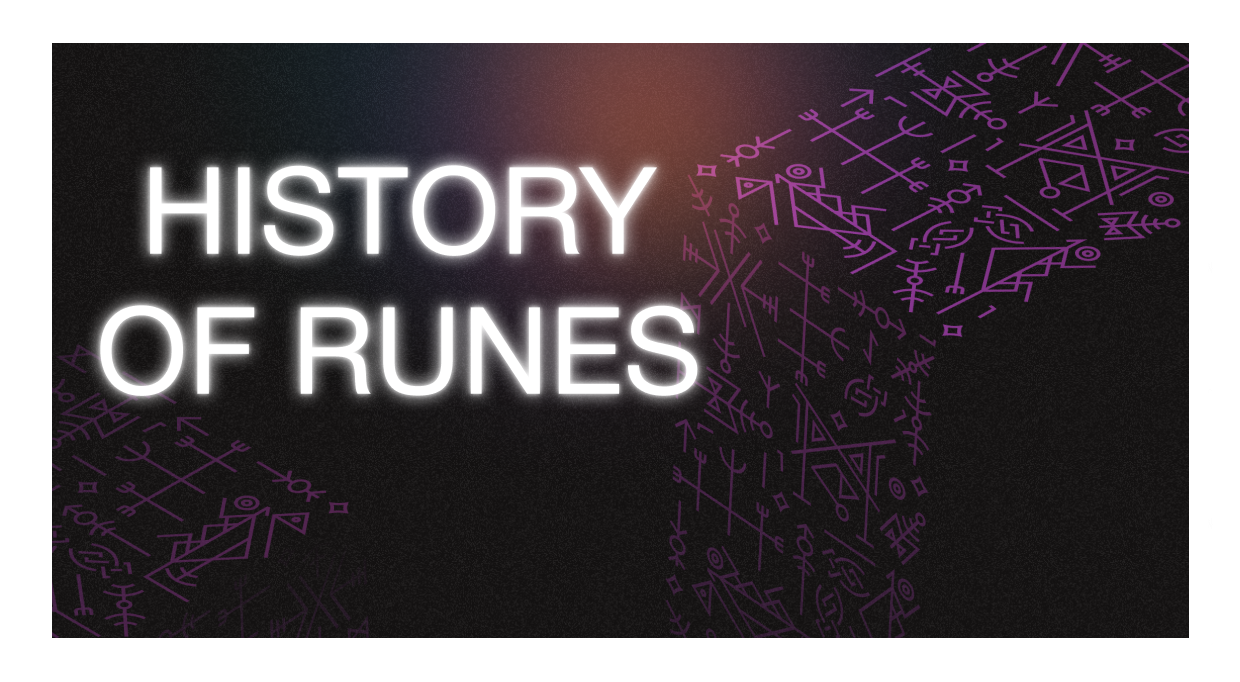History of Runes

On June 5th 2022, Casey Rodarmor released a package on Github that would transform the Bitcoin community1. It was the embrio of the ordinal theory on Bitcoin, a simple idea that each satoshi be unique based on its mining order2. In December 2022, Rodarmor inscribed an ordinal for the first time3. (Inscriptions are ordinals that contain data.)
Shortly after Rodarmor other users started to inscribe ordinals with data. Following the idea of inscribing ordinals, Domo, an anonymous developer, created and implemented the protocol for BRC-20 in March 20234. The BRC-20 protocol is a standard format of text that, once inscribed as an ordinal, allows for the creation and manipulation of fungible tokens on the Bitcoin network5.
This overly simplistic protocol bloomed into a billion+ dollar market within months6, and multiple exchanges and wallets specializing in ordinals and BRC-20 now exist. The rapid adoption of this new use case demonstrated that Bitcoin users are seeking innovations in the most secure blockchain in the crypto ecosystem and have an appetite for diversification of financial services within the Bitcoin network.
In September 2023, Casey proposed a new protocol to create tokens on the Bitcoin network called runes7. Runes are also overly simplistic and have a lot of room for improvement, but are a significant step from BRC-20. This protocol came live with the fourth halving of the Bitcoin network in block 840,0008. Naturally, some BRC-20 tokens will eventually migrate to the Rune standard.
We have proposed a simple method to migrate a BRC-20 token to the Rune protocol using the concept of Rune miners. The idea of Rune miners was famously used to launch RSIC to mine a future Rune9. Each miner can mine one or more Rune tokens, which will be distributed at the end of the mining period.
See [here] how to use the @LFG BRC-20 token to mine Mystic Rune utilizing the concept of Rune miners and detailed tokenomics [here].
1. ord/bip.mediawiki at master · ordinals/ord.
2. Introduction - Ordinal Theory Handbook.
4. domo [@domodata]. An experiment into ‘brc-20’s’ and fungibility on bitcoin with ordinals
5. brc-20 | brc-20 experiment (2023).
6. Bitcoin BRC-20 tokens near $1.5 billion market cap amid inscription frenzy.
7. Runes – Casey Rodarmor’s Blog.

